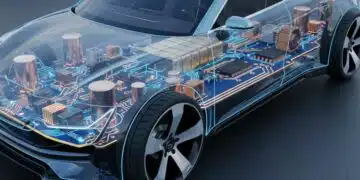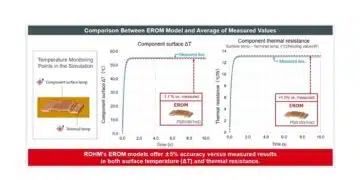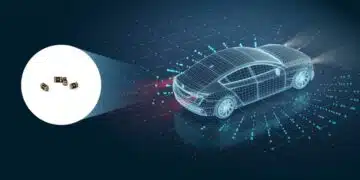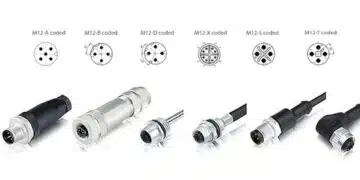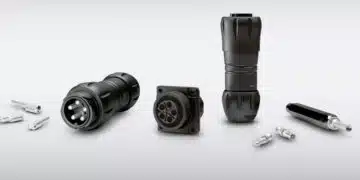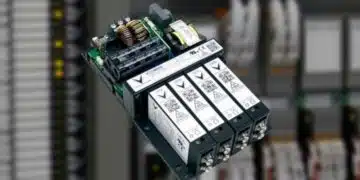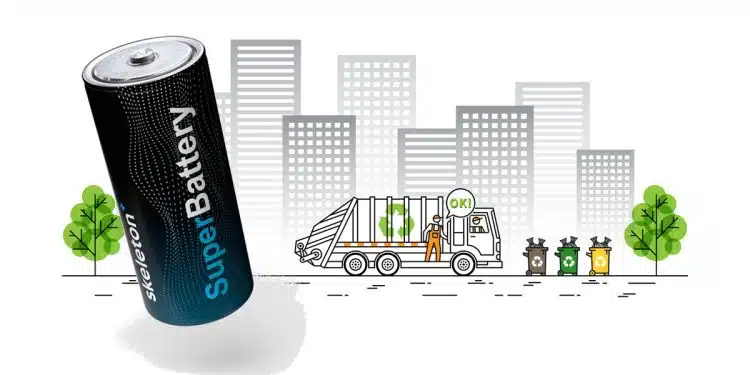Skeleton Technologies and Martinrea International Inc., a diversified and global automotive supplier engaged in the design, development, and manufacturing of highly engineered, value-added Lightweight Structures and Propulsion Systems, and electrification technologies for heavy-duty vehicles through its Effenco subsidiary, announced a collaboration agreement to target supply of Skeleton’s novel SuperBattery technology and the Effenco Hybrid Electric solution that electrifies the onboard equipment utilizing a unique ultracapacitor-based technology in refuse collection vehicles to be used in major cities including New York City and Paris.
This collaboration aims to electrify and decarbonize vocational fleets safely, making significant progress towards electrification growth and net-zero emissions goals.
“We are very pleased to have the opportunity to work more closely with Skeleton Technologies“, said Bruce Johnson, Executive Vice President, Martinrea Innovation Development. „Both our companies possess an exceptional level of technical expertise, allowing us to further develop innovative solutions to electrification challenges for our customer partners. This partnership creates value by reducing greenhouse emissions, engine usage hours, fuel consumption, noise pollution, and related maintenance.”
“Our SuperBattery has been specifically designed and developed to enable the decarbonization of sectors and industries whose power, safety, and efficiency needs cannot be served by other battery technologies. We are therefore very glad to join forces with Martinrea to dramatically reduce carbon emissions and improve energy efficiency of refuse collection vehicles in New York City and Paris”, stated Taavi Madiberk, CEO and co-founder of Skeleton Technologies. “Reaching net-zero implies that all sectors will decarbonize, which underlines the need to provide the most-suitable enabling technologies for electrification. We are looking forward to deepening this collaboration with Martinrea and innovate further together for the decarbonization of heavy-duty vehicles.”
With this cooperation, Martinrea and Skeleton are well-positioned for electrification growth opportunities. At a time when cities’ top priority is reducing emissions, electric mobility is critical in the path to net zero. The absence of cost-efficient and safe solutions for fleet electrification has hindered cities’ decarbonization efforts. SuperBattery, developed by Skeleton Technologies precisely aims to solve these issues and serve the needs of hard-to-decarbonize industries whose power and safety requirements cannot be served by other batteries on the market.
SuperBattery is a ground-breaking technology offering a safer and more efficient alternative to conventional li-ion batteries, and can be charged in 90 seconds, has 50,000 life cycles, and is free from cobalt, copper, and nickel. SuperBattery is also unburnable and much safer than li-ion batteries, even when crushed, pierced, or overheated. It can help eliminate 40-50% of CO2 emissions in these sectors while lowering the total cost of ownership.
Skeleton’s SuperBattery fills the technology gap between supercapacitors and batteries, offering the ideal combination of energy, power, and safety for <30-minute applications.
This collaboration agreement signed between Skeleton and Martinrea aims to electrify refuse collection vehicle fleets in Europe and North America and achieve the best performance by reducing greenhouse gas emissions while dramatically improving safety without impacting operations, compared to li-ion batteries. The excellent safety of SuperBattery technology also enables vehicle design optimization and ensures no thermal runaways occur. The solution developed by the two companies can be installed on new heavy-duty vehicles or existing fleets. As a first step, the plan is to implement in New York City and Paris before being made available globally.





